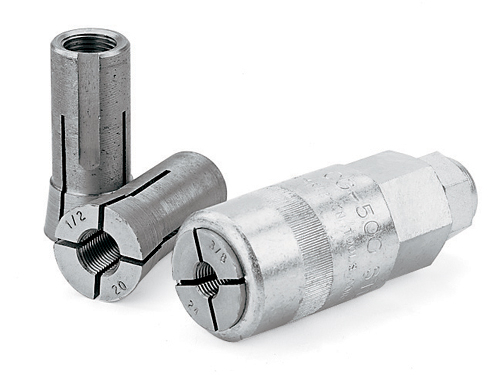Rebuilding a Honda 750 motorcycle engine and need to remove the cylinder studs to install heavy duty studs. some of these are 1 foot long. They neck down to 6mm diameter. I'll be attaching the tool down low, on the smooth part of the stud, near where they enter the engine case.
Does anybody have any experience with these?
http://www.amazon.com/OTC-Metric-Stud-Re...customerReviews
I don't want to be a hack and put vice grips on these in the event they are froze and I have to stick with them.
Does anybody have any experience with these?
http://www.amazon.com/OTC-Metric-Stud-Re...customerReviews
I don't want to be a hack and put vice grips on these in the event they are froze and I have to stick with them.

